Proper lighting can make or break the ambiance and functionality of your kitchen. However, many kitchens suffer from common lighting mistakes that can leave the space feeling dim, harsh, or uneven.
In this article, we will explore these frequent pitfalls and offer straightforward solutions to enhance your kitchen lighting. Let’s illuminate how you can transform your kitchen into a more inviting and efficient space.
1. Insufficient overall lighting
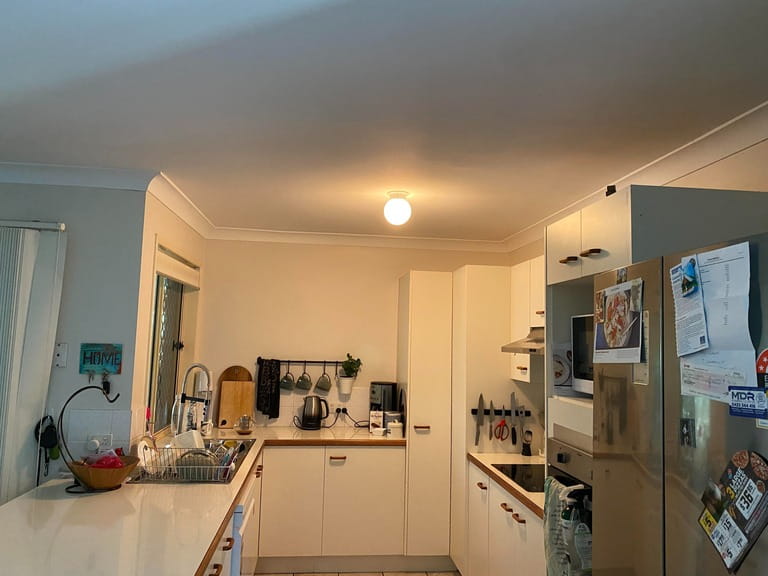
Relying on just one central light source can leave some areas too bright and others too dim. This can be especially tricky when you're standing between the light and your workspace, casting shadows that make it hard to see what you're doing. This can increase the risk of accidents, like when you're chopping vegetables.
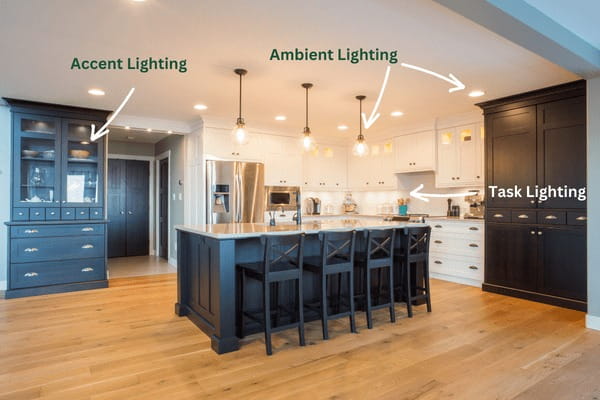
To solve this, it's a good idea to use multiple light sources to evenly illuminate your kitchen.
For example, under-cabinet and over-the-sink lights can provide focused task lighting directly onto your countertops and sink area, while overhead lights create a nice, general ambient glow. If you want to add both task lighting and a touch of style over your islands or peninsulas, pendant lights are a great option.
2. Using wrong color temperature for wrong kitchen areas
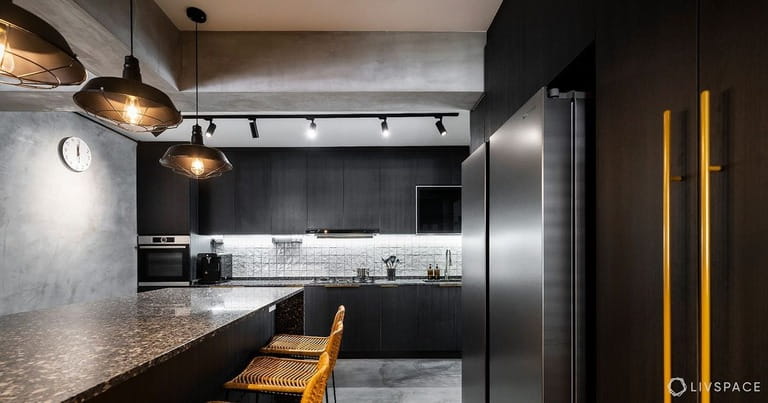
Each color temperature serves a specific purpose, so using the wrong one in your kitchen can diminish the lighting effect.
For instance, warm white (2700K - 3000K) creates a cozy and inviting atmosphere. However, it's not ideal for task areas where detailed work, like food preparation, is done because it doesn't provide enough light.
Instead, warm white is great for ambient lighting. You can install recessed lights across the kitchen ceiling to evenly distribute light and eliminate dark spots.

Neutral white (3500K - 4100K) is perfect for task lighting, making it suitable for detailed tasks such as cooking and food preparation. I highly recommend using this color temperature to illuminate countertops, kitchen islands, sinks, and breakfast bars.
3. Not using dimmers
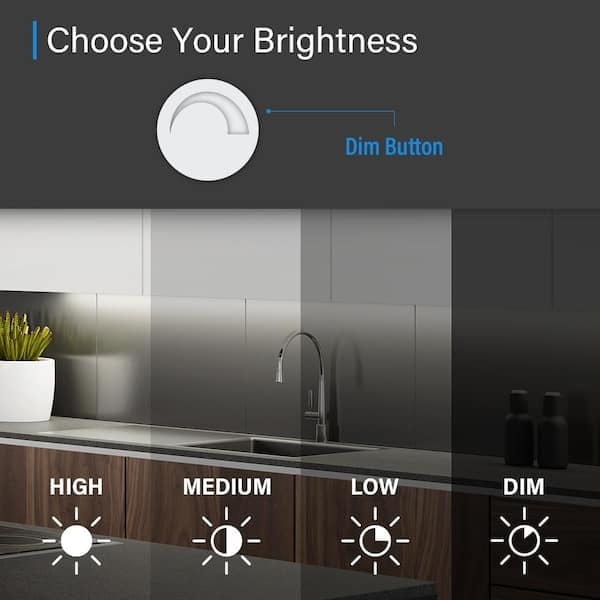
The kitchen is often a multifunctional space used for cooking, dining, working, and socializing. Without dimmers, you can't easily adjust the lighting levels to suit different activities throughout the day.
Dimmers let you customize the lighting for various tasks: bright lighting for food preparation and cooking, softer lighting for meals, dimmed lights for social gatherings and parties, and bright lights for cleaning.
4. Inconsistent lighting styles
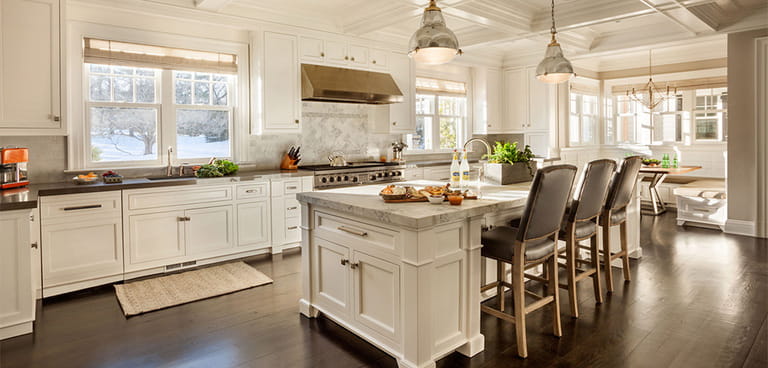
If the lighting fixtures in your kitchen don't complement each other, it can easily result in a disjointed and visually unappealing look. For example, an ornate chandelier might clash with minimalist recessed lights, creating a jarring transition between different areas of the kitchen.
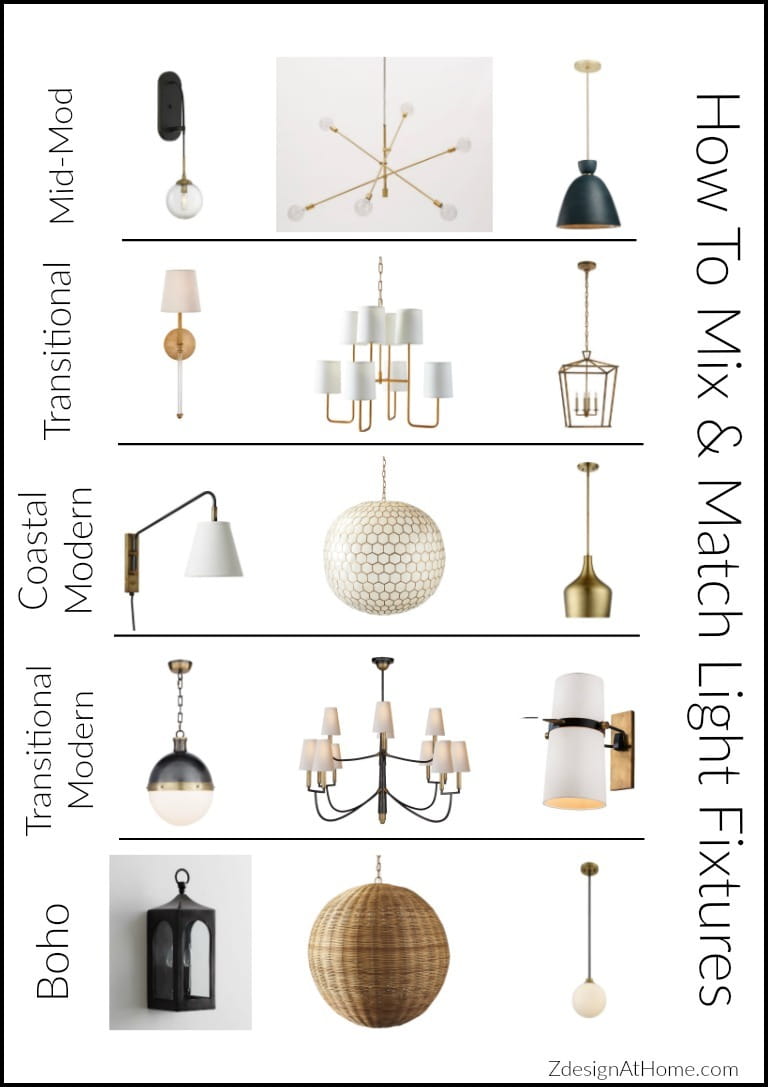
Light Fixtures Mix-match Ideas
Source
To solve this problem, you can create a cohesive scheme by choosing a consistent style or finding a unifying element for all the lighting fixtures, such as a common color or material (like stainless steel, brushed nickel, or matte black).
5. Lack of natural light
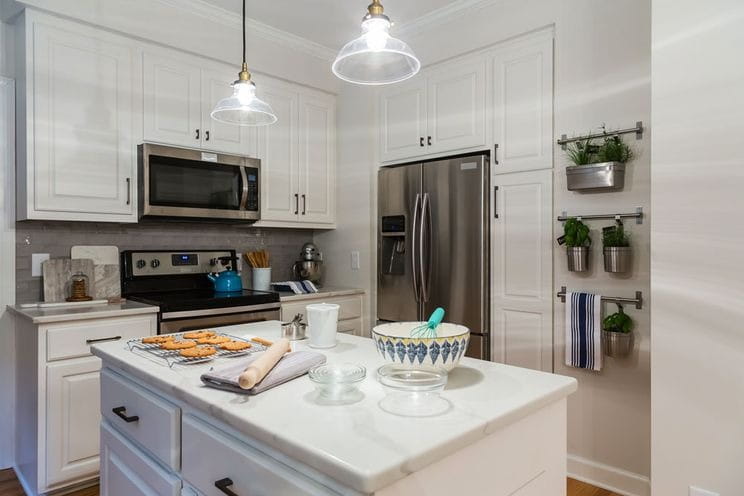
Overly relianting on artificial lighting can increase electricity consumption, leading to higher energy costs. Moreover, the absence of natural light makes my kitchen feel isolated from the outdoors and nature.
To enhance natural light, try maximizing window use. For a small window, keep it clean and unobstructed to let in as much natural light as possible. Apart from windows, consider installing skylights and solar tubes to bring in more natural light above.
6. Overlighting your kitchen
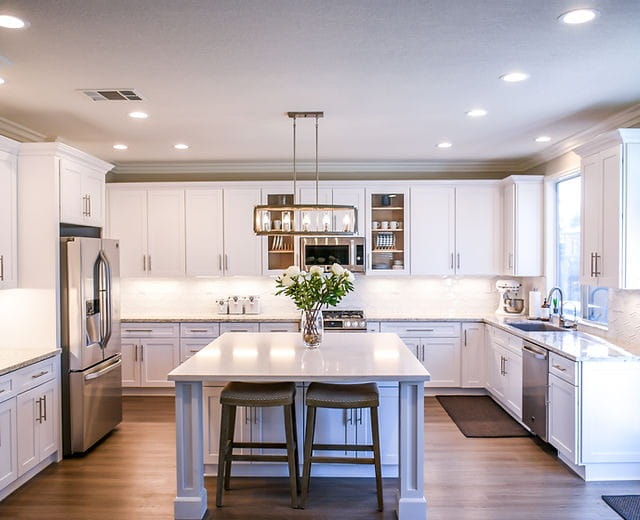
Overlighting your kitchen can create a harsh, uncomfortable environment and lead to unnecessary energy consumption. Cooking in such bright conditions for a long time can cause eye strain and discomfort.
To fix this, try switching to lower wattage bulbs, adjusting the positioning of your lights, using a few powerful lights instead of many smaller ones, or utilizing lampshades and fixtures that diffuse light.
7. Using the wrong size light fittings
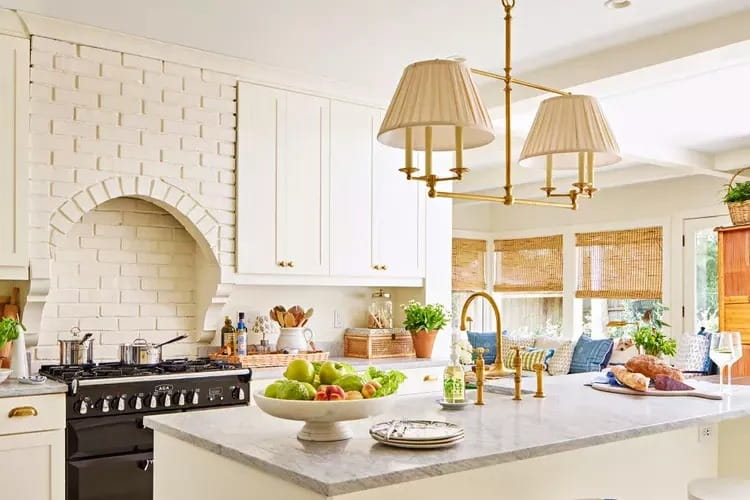
When choosing kitchen lighting, it's important to consider the size and dimensions of your space. Otherwise, you might end up with a light fixture that looks out of place and doesn't provide the best illumination for your kitchen. For example, an oversized chandelier over the kitchen sink would look awkward, while a single small pendant light over a large table wouldn't offer enough light.
To avoid this, here's a simple rule of thumb: measure the length, width, and height of your kitchen in feet. Then, convert this number to inches to find the ideal diameter for an overhead light fixture. For instance, if your kitchen's total measurement is 28 feet, the perfect diameter for a light fixture would be 28 inches.












